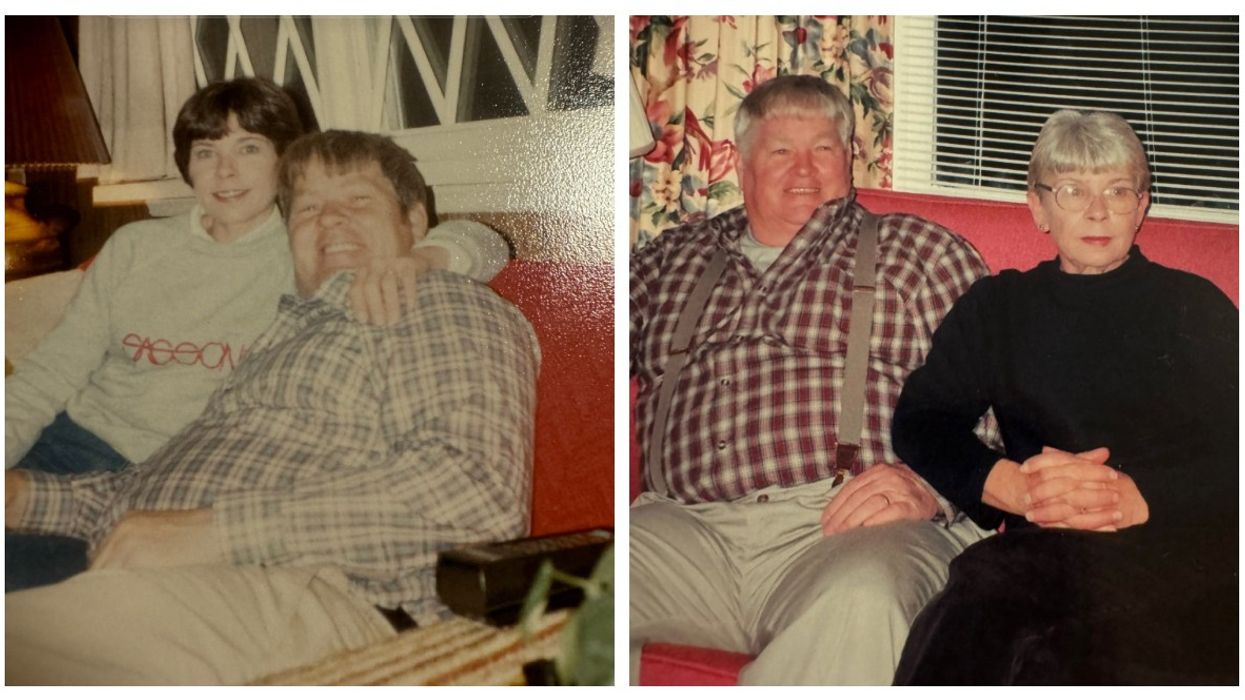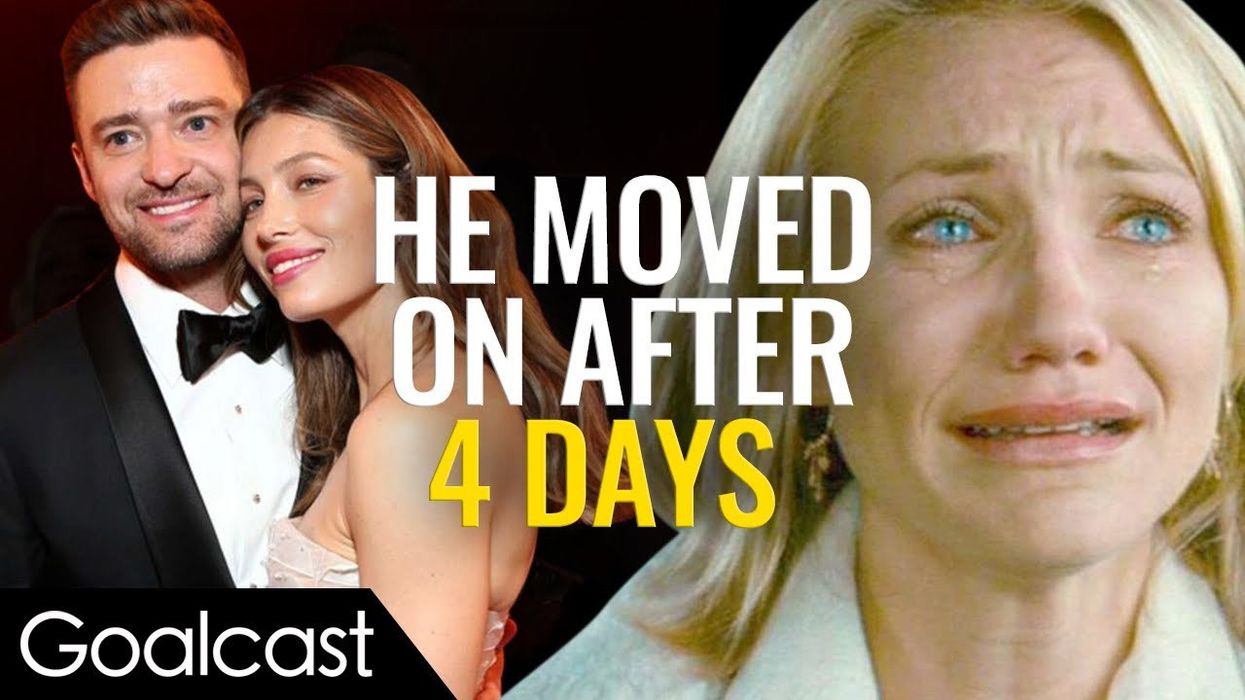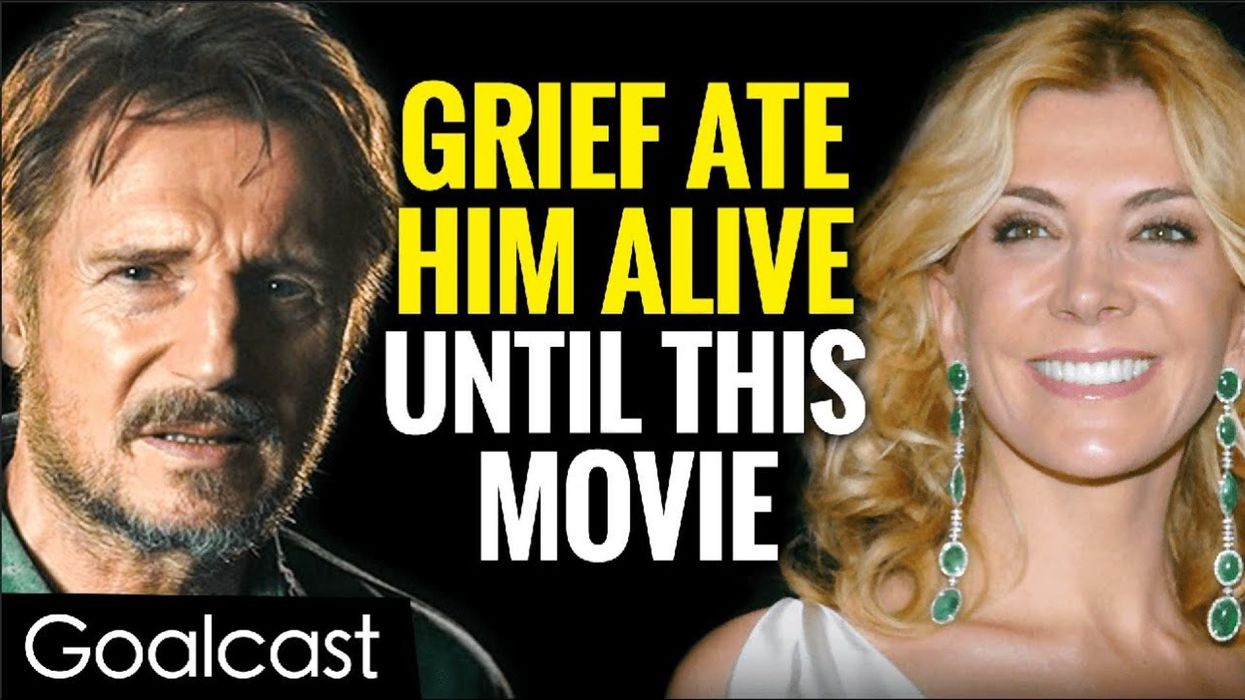
These Voices Inside Your Head Make or Break Your Motivation
You know that overwhelming feeling of defeat you get when, no matter what you say to yourself, you can’t motivate yourself to get to work?
Created by the voice inside your head, that feeling of demotivation is called a "stuck" state. At some point on the journey to achieving a goal, you’ve likely experienced this negative self-talk. Achievement is a constant cycle of personal growth, strategizing, and making adjustments, so it’s nearly impossible not to get tripped up along the way. This is simply the playground you choose to play in when you strive to become better than you currently are.
Getting stuck is not the issue though -- if you know how to deal with it. An important thing to understand about motivation is that, as humans, we will only become motivated under the right set of circumstances. The real struggle, at least for most people, comes when an obstacle puts you in a chronic state of feeling demotivated. For days, weeks or even months on end, this stuck state derails you from taking action.
These Voices Inside Your Head Make or Break Your Motivation
If you really want to do something, you'll find a way. If you don't, you'll find an excuse.- Jim Rohn
So why do stuck states happen? Based off one’s perceptions of a given situation, feelings of defeat may begin creeping in if you talk to yourself in a way that makes working towards your goal seem wholly undesirable. People go ten years without exercising or eating well, starting their business, or addressing other major life areas because of resistances that they themselves are creating with such habits of negative self-talk. It’s a sad, but very real, situation that many people struggle to overcome.
Remember: That voice inside your head feeds and strengthens the resistance you feel. The world around us will present us with obstacles, but we increase or decrease their power by the way we choose to talk to ourselves.
Here’s an example:
Voice: “You need to do X today.”
*sinking feeling of discomfort sinks in*
Thought: “Ugh, I really don’t want to. I’m sore, tired and not in the mood.”
Voice: “How in the world does Jane get herself to do this every day? Why can’t I be more like Jane?”
*feelings of defeat sink in as you compare your shortcomings to Jane*
If that kind of self-talk seems familiar, you know the likely outcome. Chances are high that you aren’t taking any action towards your goal that day. Your motivation zapped, you choose to delay pursuing your goals for another day.
Let’s take a closer look at why that happened based on the example given.
“You need to do X today.” (Go to the gym, make a sales call you’ve been putting off, prepare a meal, whatever.)
Thought: Really? I need to do that? What if I didn’t do it yesterday, and no one died? Do I still need to do it?
A statement like that doesn’t hold as much power as you might think, because it’s coming from a place that isn’t congruent with your values and goals.
There are much more powerful and effective ways to approach your goals. This is where understanding positive motivation strategies may help you overcome an obstacle.
Below, you’ll find the four negative motivation “characters” you may be familiar with. These characters live inside our heads at some point, and are detrimental to our achievements. You would be wise to stop calling on these negative voices to try to motivate you -- and to instead call on the Wise Old Man inside of you, who will place you on the steady path to your goals.
1. The Negative Motivator
This character is the mother of all procrastination.
In essence, the Negative Motivator only gets you off the couch because you create a scenario in your head where continuing to put it off becomes so horrible that you are pushed to take action. This approach is painful, exhausting, and time-consuming. It is also unsustainable, because you will be unlikely to consistently take action with this approach.
Sustainability is essential, because great outcomes are the result of consistent action taken over a long enough period of time.
2. The Dictator
Seen in the example above, The Dictator gives you stern orders, much like a military commander.
Do you regularly use words like “must”, “have to”, and “should”? The problem with this voice is, again, the lack of sustainability. Think back to the teacher you had growing up who was strict beyond reason. What happened when they gave you orders?
In all likelihood, you gave them the bare minimum each time. You didn’t respect them enough to do the work on your own, and surely weren’t motivated to go the extra mile. In that way, using the dictator strategy is a repeat of what you once did to that teacher, except now you are doing it to yourself.
3. The Masochist
All human behavior is the result of one of two things: seeking pleasure or avoiding pain. You’ll make choices that reflect your goals when the pain of not taking action exceeds the level of pain you associate with getting the work done.
The Masochist is the one you’re calling on when you focus on (and overanalyze) the painful details of the work you’ll be doing. The truth is, if your goal is worth achieving, there will be difficult times. That’s a given. But if it’s all you focus on, you’re setting yourself up for failure.
Instead of focusing on the 5-mile run, focus on the end result and the feelings of accomplishment you will experience after your workout. Said another way, focus on the pleasure you’ll receive from completing the task instead of the pain you’ll experience during the grind.
This motivation strategy is another good reminder that what you focus on expands.
4. The Overwhelmer
This is the character called on by people who focus on the cumulative amount of work they must complete in order to achieve the whole project. Thousands of hours, minutes, reps, emails, and conversations. Years of hard work to get where you’d like to go.
If you’re totally clear on what you want and why, this might work for you. But if not, it’s a recipe for disaster, as the feeling of overwhelm can be extremely discouraging in the long run.
Defeat this motivation strategy by remembering that you will inevitably be forced to break the work up into bite-sized chunks.
So now that we've covered the four characters you don’t want to let command your thoughts, what should you do, then?
Heed the Wise Old Man: The voice of lasting motivation
The wise old man inisde of you appears when your values, your goals, and the people in your life are in alignment. The wise old man is a synonym of following your heart.
Gone are the days where you force yourself to do things in a manner that doesn’t make sense to you. There is a reason you are feeling resistance, and it’s not because you are incapable of achieving your goal. Something is off, and it might simply be the approach you’re taking. After all, how do you know it’s the right way? When you choose the path of least resistance, you stop worrying about things that don’t matter. Your journey is unique, and so is the voice inside your head.
Read this loud and clear: the Wise Old Man won’t give you a darn thing if you don’t put in the work. He can only be wise when you’re actively on the path to your goals. But when you set your sails in one direction and start putting the pedal to the grindstone, you can be sure that he’ll be there to talk you through it.




















 Two of Mr. Moriarty's students pose with their yearbook from 1982.WHAM via CNN / Video
Two of Mr. Moriarty's students pose with their yearbook from 1982.WHAM via CNN / Video man holding a yearbookWHAM via CNN / Video
man holding a yearbookWHAM via CNN / Video Black and white photos from school yearbookWHAM via CNN / Video
Black and white photos from school yearbookWHAM via CNN / Video Patrick Moriarty (center, blue shirt) and a group of his former students watched the solar eclipse together on Monday in New York.Caitlin Moriarty Hynick
Patrick Moriarty (center, blue shirt) and a group of his former students watched the solar eclipse together on Monday in New York.Caitlin Moriarty Hynick











